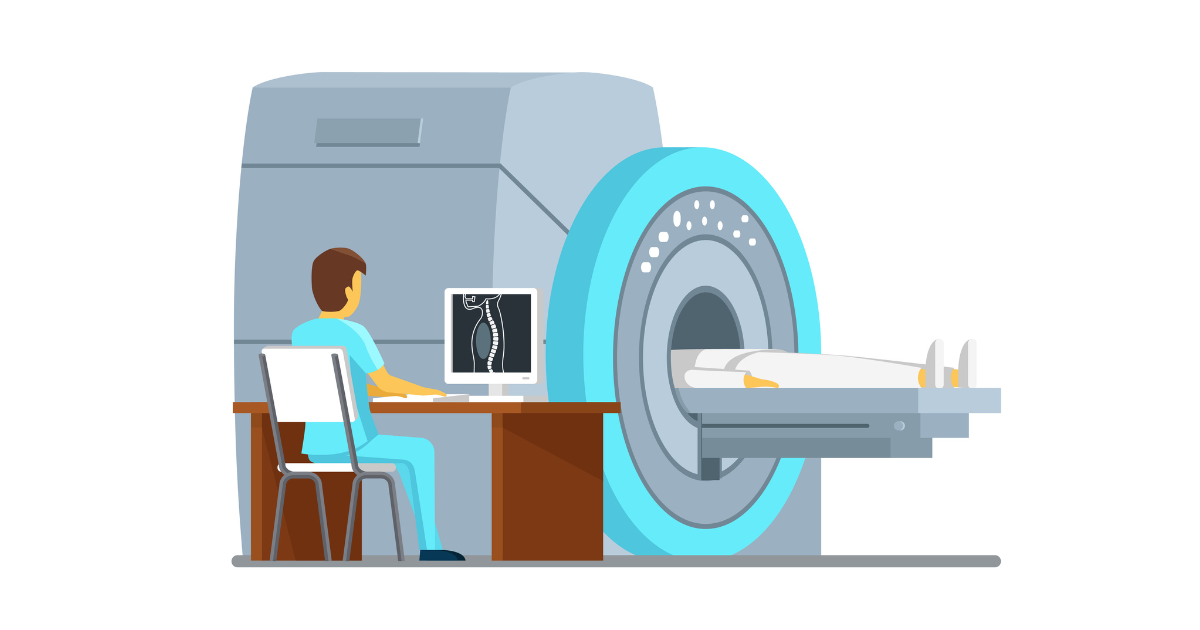Cardiac imaging plays a vital role in diagnosing heart diseases at an early stage. Two common procedures used for evaluating coronary artery conditions are CT Angiography and Traditional Angiogram. But how do you decide which test is more suitable for your case? With rapid advances in diagnostic technologies, it's important to understand how each method works, what they detect, and when doctors recommend them.
This blog aims to guide patients in making an informed decision by comparing these two imaging modalities on various factors—accuracy, safety, comfort, and suitability for different health conditions.
What Is CT Angiography?
CT Angiography (Computed Tomography Angiography) is a non-invasive imaging test that uses a CT scanner along with contrast dye to visualize blood flow in coronary arteries. It helps in detecting blockages, narrowing, or other abnormalities in the heart’s blood vessels.
Key Features of CT Angiography:
- Performed without inserting any catheter into the arteries
- Offers 3D images of the heart and blood vessels
- Takes only a few minutes to complete
- Low risk of complications compared to invasive procedures
When Is It Recommended?
- For individuals with intermediate risk of coronary artery disease (CAD)
- When a quick diagnosis is needed in emergency cases
- For people with chest pain but no other major symptoms
- In cases where conventional angiography might be risky
Advantages:
- Minimally invasive
- Quick results and high-resolution images
- Useful in screening patients with atypical symptoms
What Is a Traditional Angiogram?
Also known as Conventional Coronary Angiography, this is an invasive procedure where a thin catheter is inserted into the arteries (usually via the wrist or groin), and contrast dye is injected to visualize the coronary vessels using X-rays.
Key Features of Traditional Angiogram:
- Considered the gold standard for diagnosing coronary artery blockages
- Often followed by immediate treatment like stenting if a blockage is found
- Requires hospital admission and post-procedure observation
When Is It Recommended?
- When a patient has a high risk or confirmed symptoms of CAD
- Before surgical procedures like bypass surgery
- In emergency cases such as acute heart attack
Advantages:
- Direct visualization of blockages
- Allows for immediate therapeutic intervention (like angioplasty)
- Suitable for severe or high-risk heart conditions
CT Angiography vs Traditional Angiogram: A Detailed Comparison
Let’s look at some key factors to help you compare both procedures:
1. Invasiveness
- CT Angiography: Non-invasive; no catheter insertion required
- Traditional Angiogram: Invasive; catheter inserted into blood vessels
2. Image Clarity
- CT Angiography: Excellent for detecting soft plaque and anatomy
- Traditional Angiogram: Superior for real-time visualization and intervention
3. Risk and Complications
- CT Angiography: Lower risk; suitable for low-to-moderate risk patients
- Traditional Angiogram: Higher risk due to catheter insertion and contrast load
4. Radiation Exposure
- CT Angiography: Slightly higher radiation depending on protocol
- Traditional Angiogram: Radiation exposure is also present but can be controlled
5. Time and Recovery
- CT Angiography: Completed within 30 minutes; no hospital stay needed
- Traditional Angiogram: May take longer; usually requires a few hours of recovery or overnight stay
Which Test Is Safer?
From a patient comfort and safety standpoint, CT Angiography is often preferred for preliminary diagnosis, especially when immediate intervention is not anticipated. However, for cases where a patient is likely to need a stent or surgical evaluation, a Traditional Angiogram provides both diagnostic clarity and a pathway to immediate treatment.
Limitations of CT Angiography
Despite being less invasive, CT Angiography has a few limitations:
- Not suitable for people with irregular heart rhythms or very high calcium scores
- Not recommended in patients with poor kidney function due to the contrast dye
- May not be ideal for obese patients due to image quality issues
For these individuals, a Traditional Angiogram remains the best option as it offers more reliable results and can also lead directly to treatment.
FAQs About CT Angiography and Traditional Angiogram
Can CT Angiography replace Traditional Angiogram?
No, CT Angiography is ideal for screening and early detection, but a Traditional Angiogram is necessary when treatment (like stenting) may be required immediately.
Is CT Angiography painful?
Not at all. It’s a painless procedure, though some people may feel warm due to the contrast dye.
Are there any risks involved with Traditional Angiogram?
Yes, although rare, risks may include bleeding, infection, allergic reaction to dye, or damage to blood vessels.
Which is more accurate?
Traditional Angiogram remains the gold standard for accuracy and real-time treatment.
Conclusion: Which One Is Right for You?
Choosing between CT Angiography and a Traditional Angiogram depends on your health status, symptoms, risk profile, and the advice of your cardiologist. While CT Angiography offers a fast, non-invasive route for initial diagnosis, a Traditional Angiogram becomes essential in more serious or treatment-needing cases.
If you have unexplained chest pain, breathlessness, or a strong family history of heart disease, consult a cardiologist who can help decide the best imaging method for you.



